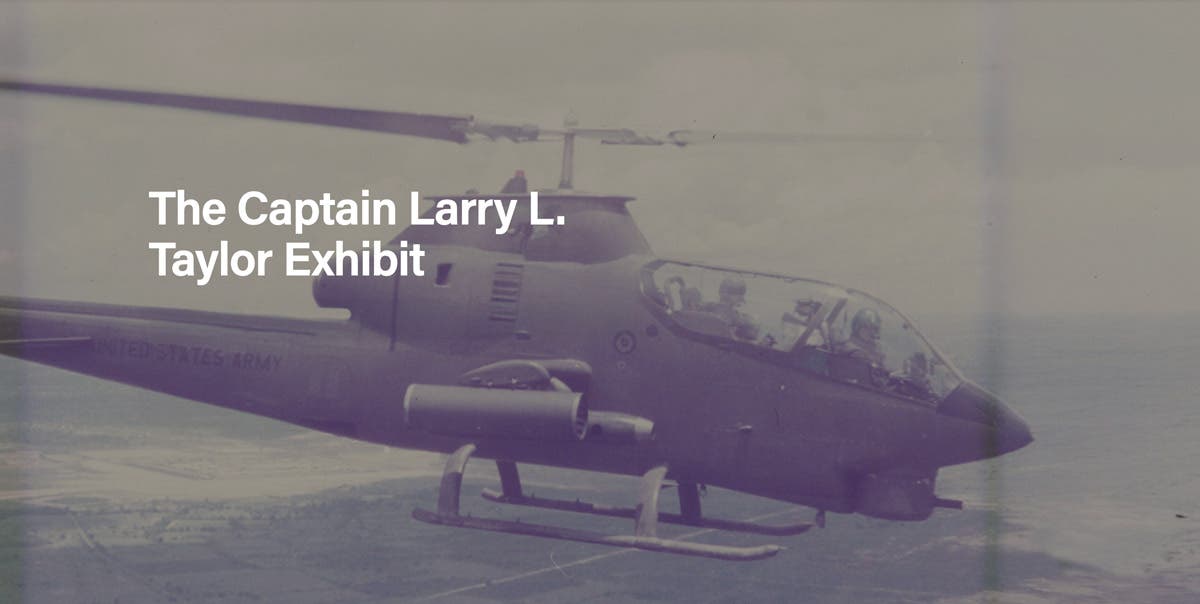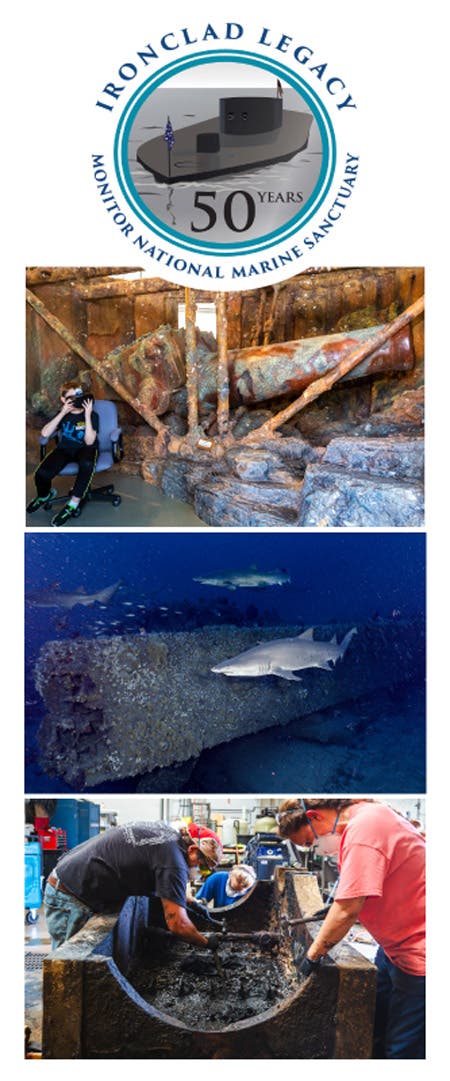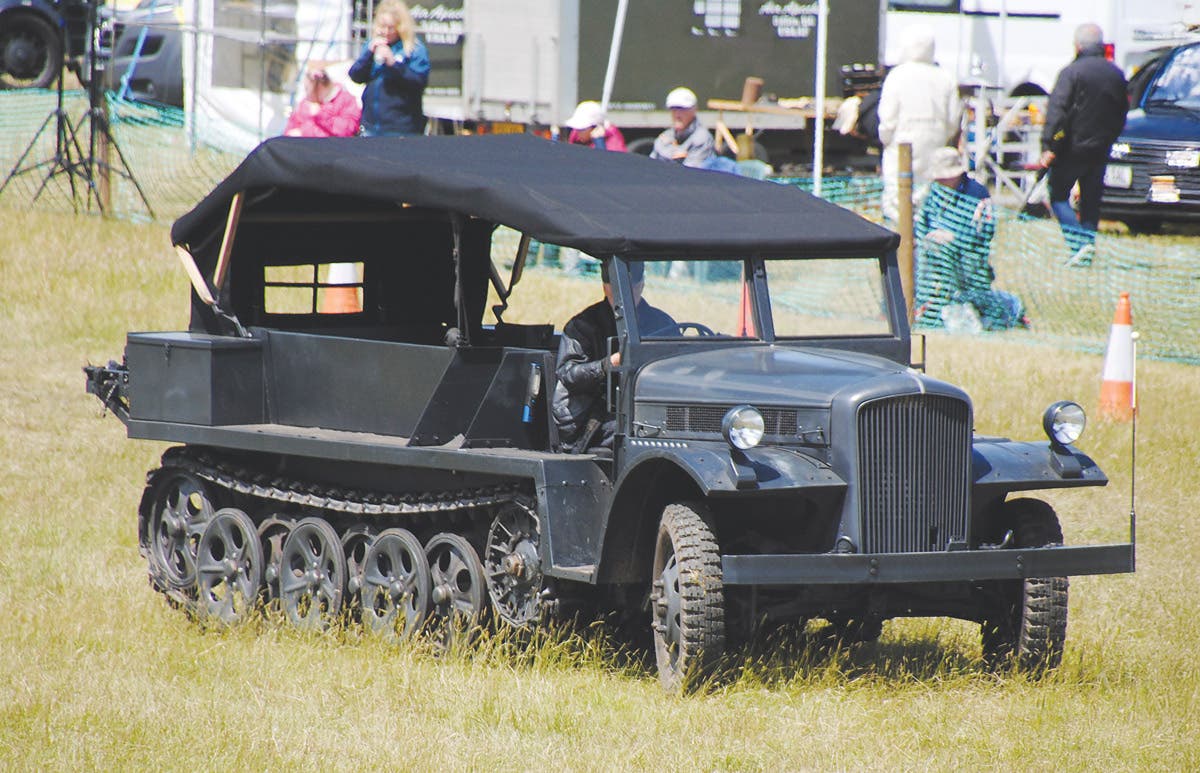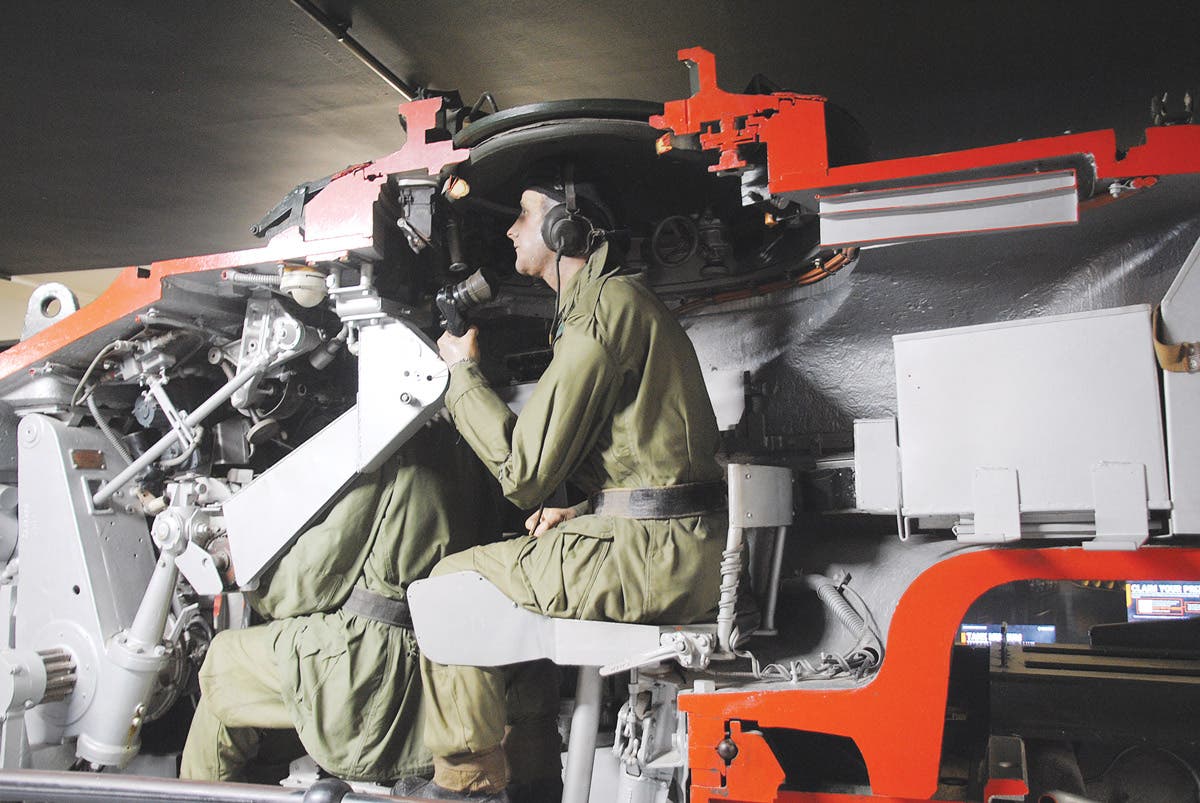Bovington’s Tiger Day
2 tickets for The ultimate Tiger fan’s experience by Robert J. Johnson “Hey, I just got an email on my mobile phone from Oliver Bidden over at the Tank Museum…there…
2 tickets for The ultimate Tiger fan’s experience
by Robert J. Johnson
“Hey, I just got an email on my mobile phone from Oliver Bidden over at the Tank Museum…there are 100 ‘Premium Experience’ tickets for the 2016 Tiger Day on April 30th,” I explained to my wife, Carolyn. “What do you think?”
Of course, she knows I’ve been talking about this since I saw some reports online after the 2015 Tiger Day. She fully understands my insanity for World War Two armor and particularly, Tiger 131 at Bovington Tank Museum in England (as well as the “Aberdeen Tiger”). The link was attached to make the purchase. With her consent,I confirmed two tickets. Unbelievable! We were going to Tiger Day!
LIFELONG PASSION
Ever since I heard my Great Uncle Pap’s (James Brown) stories of when he served in the 9th Armored Division, 656th Tank Destroyer Battalion, and I built my first Tamiya Panzer II, I have been fascinated with WWII vehicles – particularly the Tiger I.
Over the last 30 years, I made periodic pilgrimages from Philadelphia down to Aberdeen, Maryland, to walk around, touch, and photograph the awesome Museum’s collection. All of my children have been captured in film on Aberdeen vehicles as they grew up.
Unfortunately, few of the vehicles were kept in running condition. Most were left out in the elements. Over the years, too many had degraded significantly. Thankfully, the collection has been moved and several vehicles like the Panzer IVE, Elephant, and others have been overhauled. But to have the chance to see some operational WWII German tanks, especially Tiger 131, was an awesome opportunity where we would really get a sense for how they sounded, looked, and operated.
ON THE WAY TO TIGER DAY
Since we were heading to Tiger Day, we laid out a 12-day trip that began in Winchester, England. I got my on-the-job-training in driving on the right side while shifting with a left-handed manual transmission. We took in the Jurassic coast, some great seafood, an airfield with operational Spitfires and raceway, before arriving in Portsmouth to see the HMS Victory. If you haven’t been through the Victory, add it to your list. It’s incredible, and the tour guides are phenomenal. The ship was dry-docked at the turn of the 20th century and was actually damaged by Luftwaffe bombs during WWII. It is currently in restoration that will go on for the next 20 years, including replacement of its bracing.
After some behind-the-scenes info on steam-bending wood, it was time for us to cross the channel to France. Once in Normandy, we spent three days in Vierville-sur-mer revisiting Omaha and Utah Beach, Arromanches, the batteries at Longueville, the nearby German Cemetery at La Cambe (including Michael Wittmann and his crew’s graves), and finally the American Cemetery above Omaha Beach. This is a powerful experience that reminds the visitor that freedom is definitely not free. The town of Bayeaux has an excellent museum that gives the British/Canadian perspective of the invasion and breakout from Normandy. It also has a real “old world” feel, so don’t try to find a restaurant open before 7PM– only bakeries!
BUILDING UP TO THE BIG DAY
We decided to return to Bovington and go through the museum the day prior to Tiger Day to make sure we saw the rest of the collection. This included the new WW1 section that explains how the first tank, “Little Willie,” was developed after the British experienced horrific losses on the western front in trench warfare.
We also saw an extensive collection of German, British, Russian, American, Italian and other vehicles from WW1 to present. This turned out to be a good decision since Tiger Day activities were non-stop for “preferred ticket holders!”
I had signed up for two raffles for extra events: The first, the chance to ride in Tiger 131, andthe second, an opportunity to ride in the museum’s Panzer III or in Fury. I was selected to ride in the Panzer III Ausf. L that had been captured by British troops in North Africa in 1942.
Tiger Day!
Finally, the big day. Upon arrival, we were split up into teams, each lead by someone from the museum staff. Tiger Day is an “all hands on deck” event for the museum. Our “Green Team” leader was from accounting – and she was marvelous!
We began with a traditional English breakfast sandwich. Our table had quite a diverse set of enthusiasts – two young men from Oslo, Norway, a Japanese couple from Los Angeles, a couple from the UK, and the museum’s Director, Richard Smith. He asked a lot of questions about how we found out about Tiger Day, was their email and web site effective in our view, how we became interested in Tiger 131, etc.
Unknown to us was the significant amount of funding required to maintain the extensive Bovington collection. Because of this,they really have to focus on marketing and the business process to fund enhancements, repairs, and expansions. The staff is quite small, and crews are filled with many volunteers who maintain, repair, and, after extensive training, crew the operational vehicles. The folks we met were passionate about the vehicles and are more than willing to answer questions. This free interaction made us all feel at home.
Next, we received a presentation by Curator David Willey. He told ushow the Tiger (no. 131) of Schwere Panzer Abteiling 504 was captured after battling with the Churchill tanks of Number 4 Troop, A Squadron, 48th Royal Tank Regiment (RTR) at Medjez-el-Bab on 21 April 1943. There is still a lot of mystery surrounding why the crew bailed out and did not destroy their tank per orders. When Tiger veterans are asked about this, they indicate that most Tiger veterans refuse to speak to the original crew of Tiger 131 – even after 70 years!
We learned that the officer in charge of leading the post-capture evaluation, Lieutenant Peter Gudgin, was engaged in combat with this tank the day of its capture. He had beenblown out of his Churchill’s turret by an 88mm round fired by Tiger 131.
Next, we had a detailed discussion and presentation on the activities required to actually start and run the Tiger. There are multiple maintenance activities that are required to be completed sequentially prior to trying to start the engine (not including the actual nine-step starting process). All of it was done either electrically or manually, using the newly manufactured and installed inertial starter.
Armed with a better understanding of what makes the Tiger tick, we were escorted down to the main hall. Here, we took part in personalized, hands-on examinations of the Tiger as well as a Panzer II, III, and a Panther.
The Panzer II and Panther are considered “reference vehicles,” meaning they are completely original and do not run. The Tiger and Panzer III were examined post-capture (disassembled and studied), then reassembled. So, from the Museum’s point-of-view, they are not “original” tanks. As an example, Tiger 131’s original Maybach HL-210 V-12 engine had been removed and dissected (eventually cut in half). Therefore, the museum located and installed a later version Maybach HL-230 V-12. This required manufacturing new fan-drive gear boxes costing about 30,000 pounds (demonstrating the high funding levels required to maintain operational vehicles).
We returned to our tables for lunch. Those who had won rides were issued Tank Museum coveralls before being escorted down to their vehicles. The Panzer III was parked alongside Tiger 131. I received a safety briefing by the crew (all volunteers). I do want to recognize the staff and volunteers for making the safety of our group and the public their primary concern, as well as using very effective traffic management techniques while moving the vehicles.
Finally, I climbed up into the commander’s cupola and slid inside. It’s a very small opening with vision ports, etc., but I made my way in and looked around. The crew and I talked about the tank, its performance characteristics, identified internal equipment, and discussed operational items I have to say, it was like living a dream after all those years of looking inside the cutaways at Aberdeen!
We started the Panzer III’s engine and pulled out toward the door. About that time, the Tiger’s engine came to life – and the crowd went wild!
I took a short video, but then secured my camera to enjoy the moment. We drove out behind Fury.Tiger 131 pulled in right behind us. Also in line were a Centurion, Leopard, Kettenkrad, and others. The sound was extraordinary, and everyone, including the crowd, was having the time of their lives. All the vehicles headed out into the arena with the announcer describing each vehicle as it traversed the field. Once the arena event completed, we split up. Our Panzer III headed over to the indoor storage facility. There, we received a tour of an ongoing Matilda II restoration and had a chance to walk through the hundreds of vehicles inside the facility.
By4PM, we headed back to our tables to debriefover some Dorset cream tea. A question-and-answer session with the staff wound things up for the day. As we left, we thanked everyone and got a chance to hang out with some of the volunteers who had restored – and now crew – the Matilda I. They related how the tank was one of the last armored vehicle between the Germans and British during the 1940 Dunkirk evacuation – when England faced a possible total defeat.
THE EVENT OF A LIFETIME
As an American vehicle enthusiast and veteran, I have obviously learned history from an American perspective. Regardless,what I learned about the British experience in the area of armored warfare was amazing. Another thing about which we became more aware was the amount of French suffering that occurred while and after they were being liberated.
The Normandy beaches are filled with parents teaching their children about the events that took place there over 70 years ago. We also made several new friends from around the world, who all have a similar interest in history and armored vehicles.
Finally, we got a much better understanding of what it takes to maintain and upgrade a facility like this. These vehicles will never be made again (just like our CCKWs or Stuarts), and it’s up to all of us who enjoy military vehicles to help provide ongoing support here and at other museums.
The Museum issues a monthly online newsletter which is easy to sign up for, and they provide frequent Facebook updates on upcoming events, project plans, and progress. The museum is currently developing a new Tiger room for the 2017 season. Check it all out at www.tankmuseum.org.








